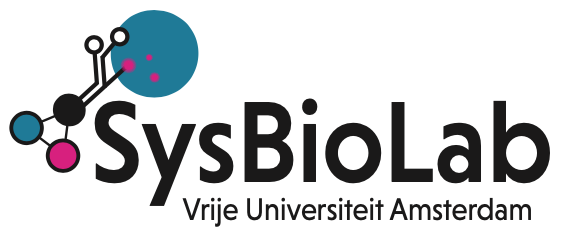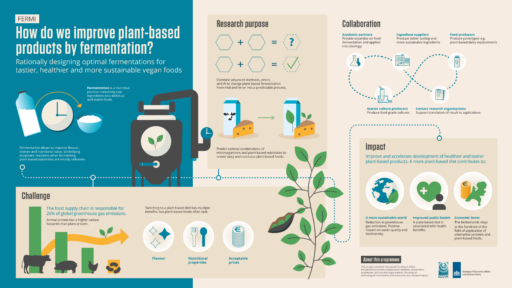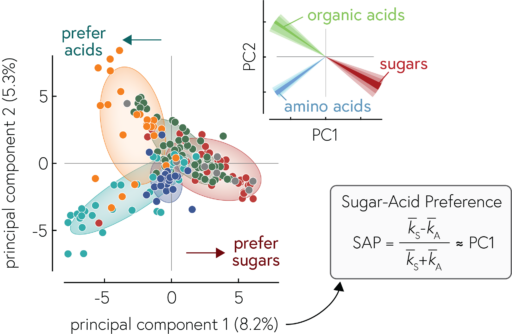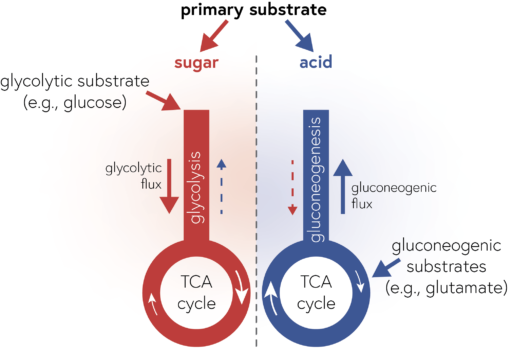Which metabolic enzymes should a cell change in concentration to give rise to a large change in steady-state metabolic flux? Which enzymes should an experimentalist inhibit to reduce the flux the most?
Why are some kinase-phosphatase couples in cellular signal transduction ultra-sensitive to changes in signals, while others are not? What is the function of negative feedback in metabolic pathways? How can you design metabolic pathways that are insensitive to particular environmental changes and highly sensitive to others?
Answering such questions requires consideration of enzymes active in networks, as their activity and network influence depend on their reactant concentrations, which are co-determined by all enzymes in the network. Answering such questions therefore needs a systems perspective. One that is quantitative also; as all enzymes influence the network’s functions but to different degrees. The concept of a single rate-limiting step is therefore generally overly simplistic.
Now about 50 years ago, two papers were published, one by Burns & Kacser and another by Heinrich & Rapoport, which dealt with a sensitivity analysis of metabolic pathways to change in enzyme activities and concentrations. They also managed to derive theorems relating sensitivity coefficients. Those coefficients come in two forms: elasticity coefficients and control coefficients, and their products are called response coefficients. We invite you to check out those papers, they have not aged. The entire framework is called Metabolic Control Analysis (MCA).
Bas (Teusink) and myself grew up as young scientists in the scientific community of MCA due to our PhD supervisor, Prof Dr Hans Westerhoff, who was one of the pioneers and advocates of MCA. MCA was therefore part of our training and thinking, and we have published papers about this theory.
What always attracted me (Frank) as how Christine Reder‘s formulation of MCA makes the relation between reaction stoichiometry and enzyme kinetics so clear, and in completely general terms. By using concepts from linear algebra and enzyme kinetics, the control of enzymes on steady-state properties of enzyme networks could be written down in completely general terms. This gave me confidence that a general theory about cellular metabolism and growth can be derived, applicable across all domains of life. Aiming for this has been a research theme throughout my career.
One aspect of Reder’s theory is that the null space of the stoichiometric matrix is used to derive the summation theorems of MCA. But the null space is not unique, which always bothered me when I was a PhD student. This was changed when David Fell, Stefan Schuster and Thomas Dandekar generalised the definition of metabolic pathways in a unique manner, using a concept that is related to the null space of the stoichiometric matrix. They showed that any steady-state flux solution of a stoichiometric matrix is convex combination of a set of unique flux vectors, called elementary flux modes (EFMs). This solved the problem of the entire set of summation theorems (although I do not know whether any one ever published this). EFMs are (beautiful) mathematical objects with extremely appealing mathematical properties for biotechnology and evolutionary biology.
We worked for quite some time on EFMs in the context of the optimisation of stoichiometric models and of dynamic models (containing stoichiometry and enzyme kinetics). It turns that EFMs are the solution of optimisations of enzyme networks, given enzyme kinetics, where one aims to maximise a steady-state flux by optimising enzyme concentrations that sum to a fixed total. They are also the elementary solutions of flux balance analysis computations, considering only reaction stoichiometry and not enzyme kinetics.
If evolution maximises the growth rate of cells then what would be the flux control coefficients of all the optimally expressed enzymes? MCA suggests that you cannot answer this question, because you do not know the enzyme kinetics, and therefore you do not know the elasticity coefficients. But it turns out that you can! This was realised by Klipp & Heinrich, and even earlier by Burn & Kacser in a more simplified setting (in Burn’s thesis). The context of Klipp & Heinrich is regrettably also too simplified to consider the entire metabolic network of a cell that is growing at its maximal rate by having expressed all its enzymes optimally.
The solution to this problem we offer in our paper to the special issue of Biosystems celebrating the 50th anniversary of MCA. You can find the paper here. It is quite a read, we know, but it contains all the main ideas from start to end. We hope that it inspires you to become familiar with MCA, enzyme kinetics, and stoichiometric modelling concepts.








Recent Comments